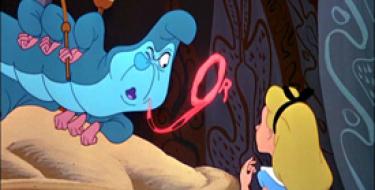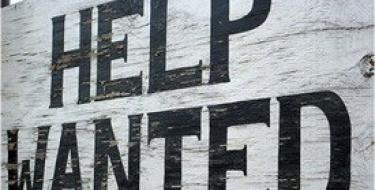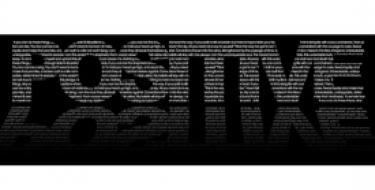Give Art its Due in Content Strategy
Normally, I leave all the artsy talk about graphics to Andrew, and for good reason. However, my background includes editorial work, and art selection is an important part of that role. Properly sourced and prepared artwork can set the tone for any content item, but the process is often done outside the glare of critical eyes (except in egregious missteps) or given second billing to other creative pursuits. No more, I say.
It’s time for those of us who work in content strategy and production to elevate art and photo selection and delivery to the same status that we accord every other aspect of our craft. Why? Well, let’s just see what can happen when you don’t exercise an equal level of care across content disciplines.
Human Error (e.g., The Photoshop Flub)
Designers cringe at the democratization of their favorite tool in the same way I do when someone says “irregardless,” so I empathize. The mass availability and popularity of such software has ensured bumper crops of 11-toed sandal models, bizarrely placed objects, and at least one instance of abject laziness. And those are from the “pros.”
Take, for example, the photo to the right. My wife and I stumbled upon this picture while looking for yet another obscenely priced (and, likely, unnecessary) baby device for a summer trip. See anything amiss? I’m not talking about the poor cut job, and I’m not suggesting the scene must be wholly contrived or improper in some way—I just think this was an unintentional goof. I don’t even remember the product name, price, or availability, which goes to show how distracting this kind of thing can be.*
If you’re a content strategist, you’re probably thinking this isn’t your problem; you can’t be there to review every piece of content they create, right? Sorry, it’s not that simple. After all, you’re supposed to create standards and procedures for production that reduce the likelihood of such errors finding their way into a published piece.
If you’re part of content governance, well, there’s just no excuse for letting this kind of stuff slip by.
Data Error (e.g., "It's I.T.'s fault.")
I don't know about you guys, but I can hardly wait to take delivery of my brand-spankin'-new GMC Whatever. It's like a Volkswagen Thing with leather and OnStar.
Look, I know this was a dummy entry in a database that accidentally found its way onto a live site, and I wouldn't dare criticize testing. That said, it shouldn't have been published. And it wasn't just for comedic value that I selected this screenshot—it's the "Coming Soon" placeholder that should be filled with an awesome image of my 2010 Whatever.
I see this quite often on sites (in all industries) that display existing inventory, and it's disappointing. If you have a well-defined and useful place to showcase pictures or artwork, use it. Don't tell users you're going to do it at some undetermined time in the future. A production plan that defines some data sources but neglects art is insufficient. Plus, it results in fewer Whatever sales.
The Fundamental Error
I chose these two examples to illustrate my point because they represent both human and technical error (arguable, I know), but I understand they best represent production or governance issues. That said, well-architected procedures for how artwork fits into content strategy haven't been established, to my knowledge, which means the world will continue to be subject to the errors highlighted above.
Many content strategists either come from or have a passing knowledge of information architecture, wireframe construction, design, photo sourcing and selection, and so on. Additionally, what we do is supposed to be the all-important "Next Big Thing" in digital marketing. At this stage in the game, artwork should be more important to us.
* Disclosure: I cropped the photo for emphasis; I included this disclosure to show that I practice what I preach.
MONTHLY MARKETING INSIGHTS.
Get thought-provoking and actionable insights to improve how your firm makes a connection with your customers.





LEAVE A COMMENT
Man, that Whatever is so. sweet.
You're completely right, of course. Let's get over defining this or that content area (and yes, that includes images) as "someone else's job." If bad content gets out, it's the user's problem. That makes it our job to fix.